The Cathedral of Valencia
Originally built in 1238, shortly after the Reconquista, the Iglesia Catedral-Basílica Metropolitana de la Asunción de Nuestra Señora de Valencia is the religious center of the Comunidad Valenciana. It’s located in the heart of the capital, sandwiched between the city’s two most important plazas: La Reina and La Virgen.

Even before the construction of the cathedral, this location had been one of special religious significance. It was where the long-reigning Moors had built their primary mosque, and excavations show that even earlier, it had been the site of a Visigoth church.
Cathedral of Valencia Entrance

The cathedral is laid out in the form of a cross, with three wide apses leading toward the gigantic altar, whose centerpiece consists of a series of frescoes. The atmosphere inside the cathedral is one of sobriety. The walls and columns are of solid, unembellished stone. The paintings tend toward the dark, and the relics toward the creepy. And apart from a few stained glass windows and gold gilding around paintings and altarpieces, there’s precious little color or light.

But while it might not a particularly happy place, the Cathedral is certainly impressive, and one that reeks of history and mystery; having been the center of Valencian Catholicism for hundreds of tumultuous years, you know some crazy stuff went down here. The longer you spend inside its walls, the more strange details you notice: inaccessible doors, ancient graves in the floor, altar paintings mounted upon movable canvases, sneaky priest eyes peering at you from confession booths, and … is that a mummified arm?
Ah, you’ve discovered the relic of San Vicente Martír. Now one of the city’s patron saints, Vicente was tortured to death in the 4th century by the Romans, for the unpardonable sin of being Christian. His arm had been kept in Padua, but was brought to Valencia in 1970. And although it seems unlikely that it might actually be the priest’s, modern forensics have been able to determine that the arm does date from the correct time period, and did belong to a man who had suffered third-degree burns, which is in keeping with the saint’s martyrdom.

As long as your disbelief is on hold, now’s a good time to shuffle over the Chapel of the Holy Grail. Valencia claims that the vessel displayed here is the very cup used by Jesus during the last supper. The assertion is contentious, of course, and there are “holy grails” at other sites throughout Europe, but Valencia’s grail has its defenders among historical scholars. Even a few popes have sipped from it, although none have achieved immortality… I think. The cup has been in the Cathedral since 1436, when it was placed here by King Alfonso V.
The Cathedral of Valencia has become such a magnet for tourism, that they’ve decided to charge visitors. And while paying to enter a church might be off-putting, the cost includes an excellent audio-guide so that you don’t miss any of the highlights. At any rate, there’s no excuse for skipping one of Valencia’s most historic and important buildings.
Cathedral of Valencia – Website



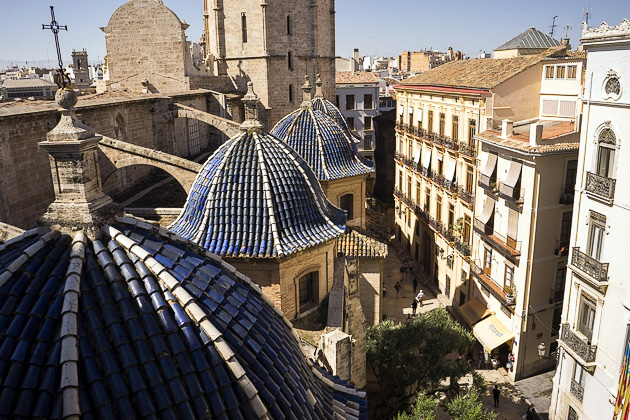











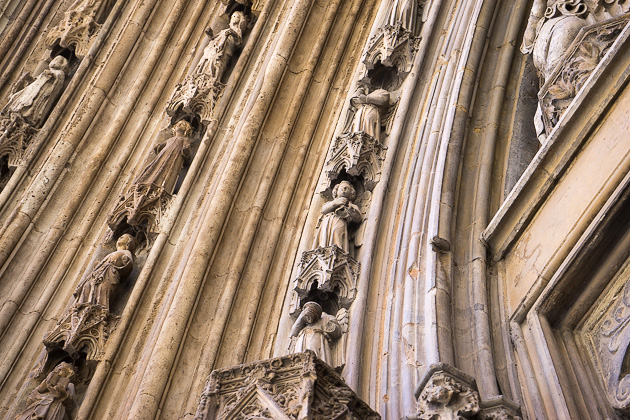








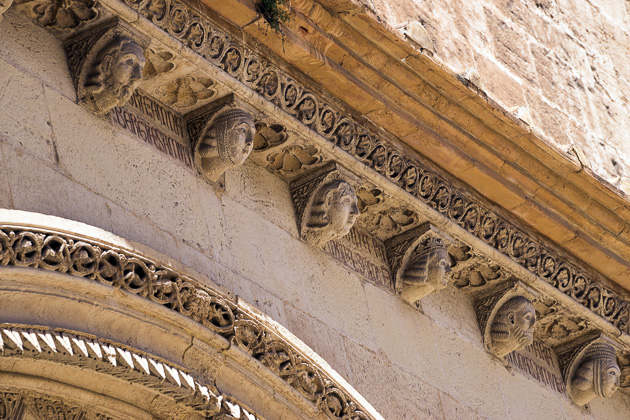




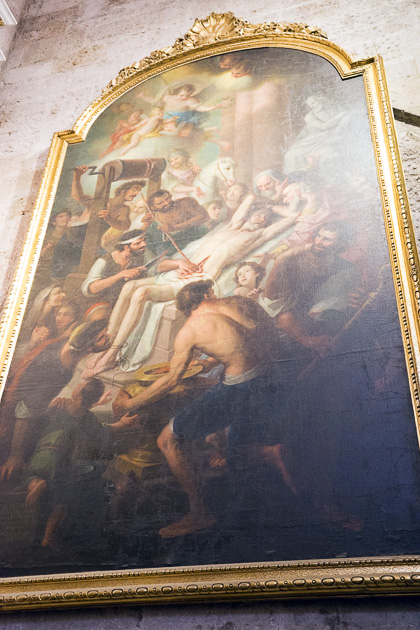






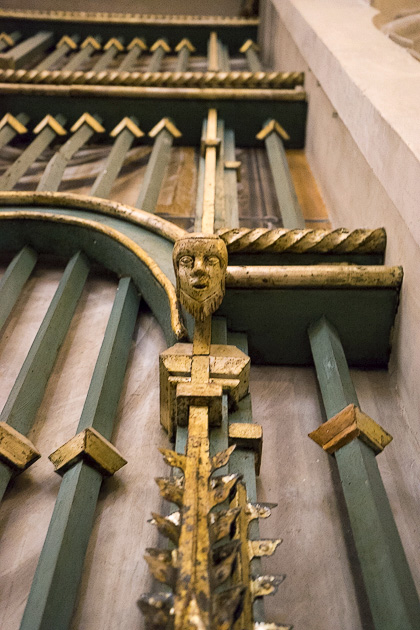











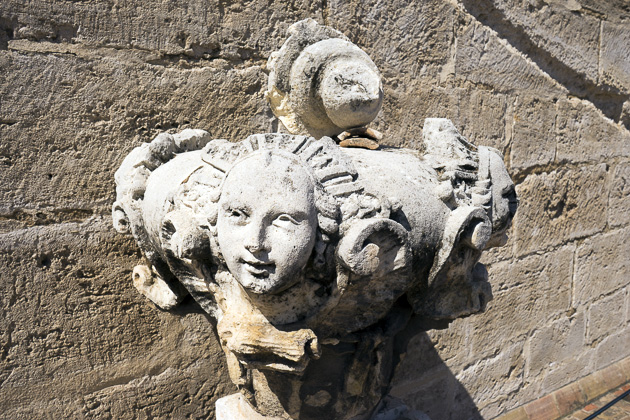

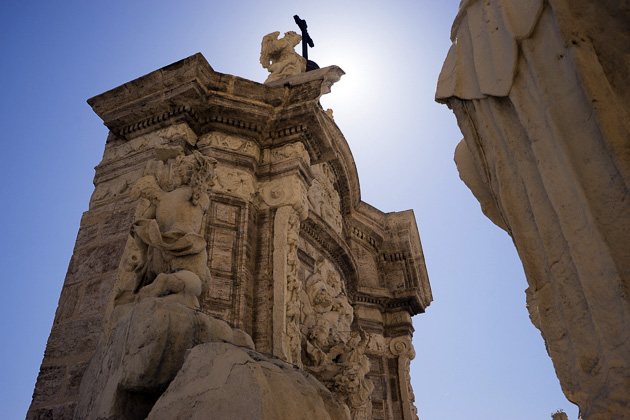







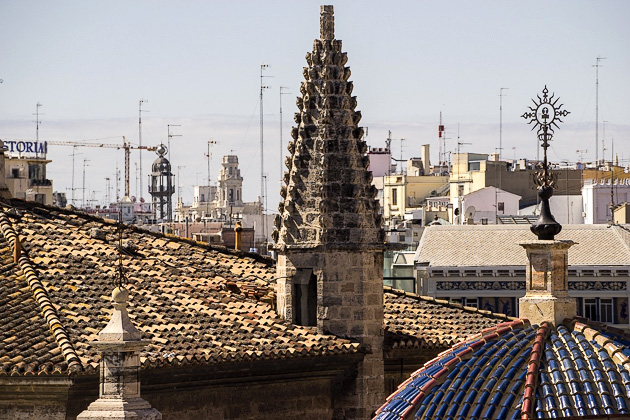



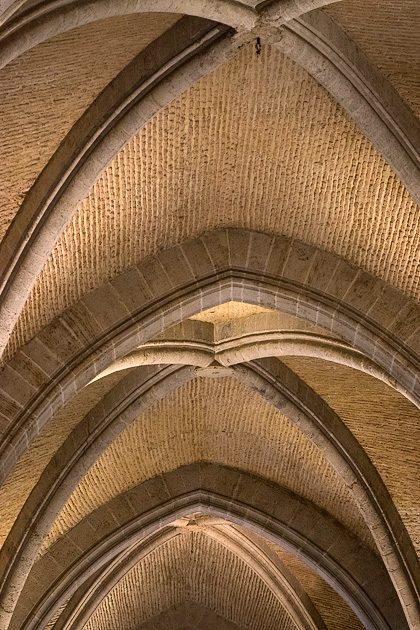




















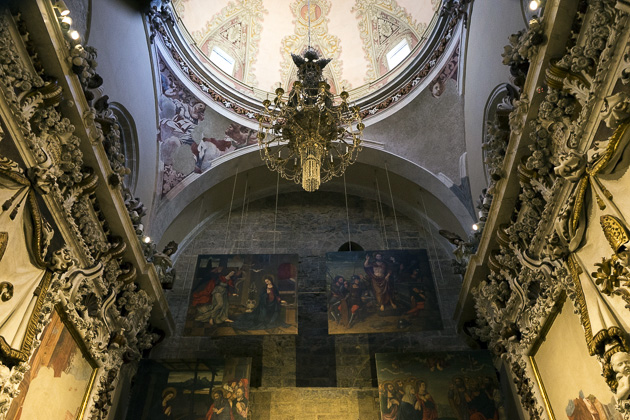


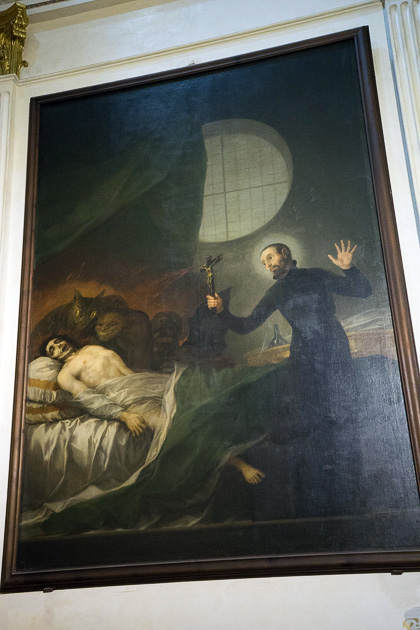
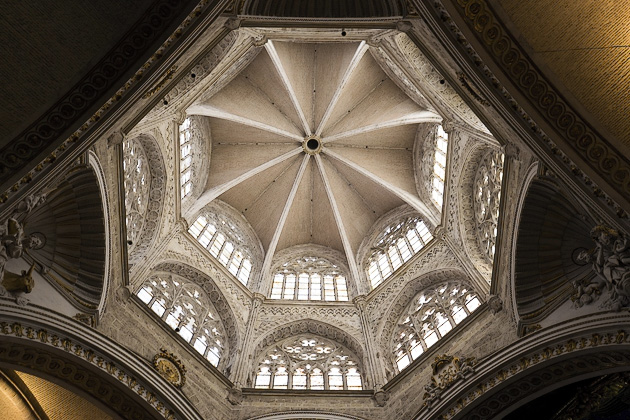



















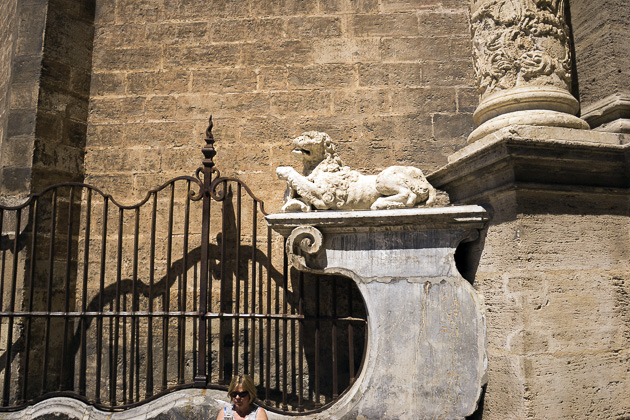
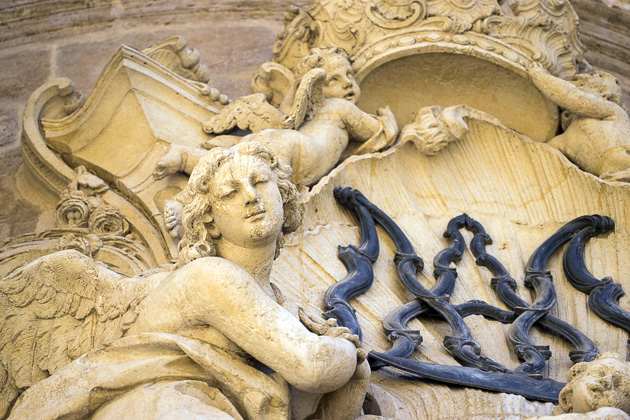
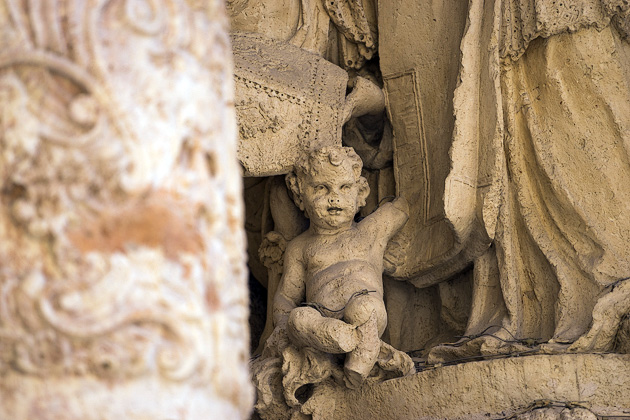
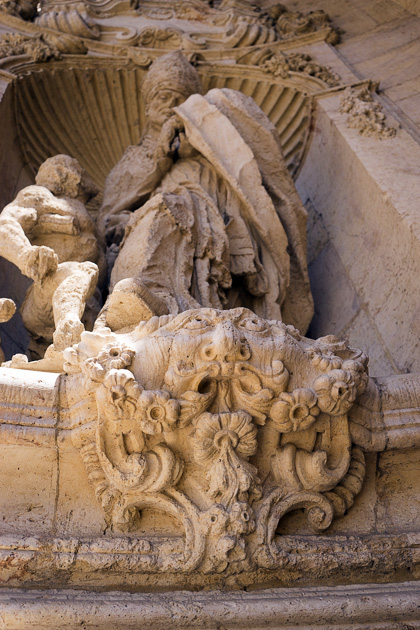










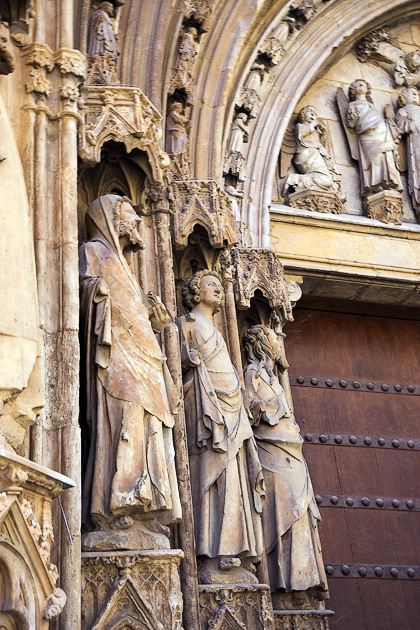






Conseguís que Valencia me guste más
Pingback: The Micalet and the Santa Catalina - Valencia For 91 Days